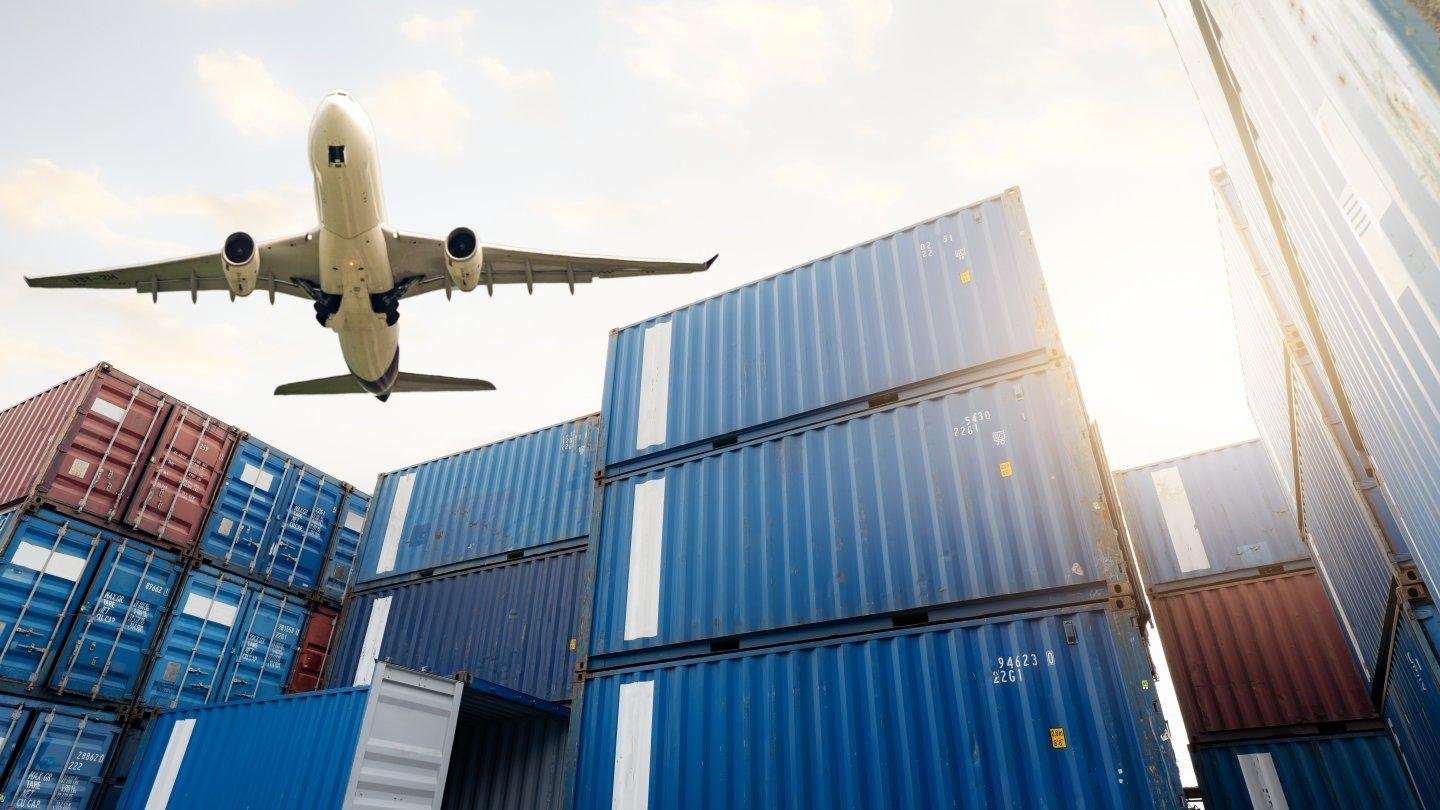The Freight Forwarding Market's Evolution in Response to Changing Consumer Expectations

The freight forwarding industry stands as a cornerstone of the global logistics ecosystem, facilitating the smooth movement of goods across continents and countries. With the continuous expansion of international trade, technological advancements, and evolving consumer demands, the freight forwarding market holds immense potential for growth and innovation. In this blog post, we will explore the market potential of freight forwarding by analyzing the key growth drivers, emerging opportunities, and future outlook shaping this dynamic industry.
Understanding Freight Forwarding
Freight forwarding involves coordinating and managing the shipment of goods for exporters and importers. Freight forwarders act as intermediaries between shippers and carriers be it by sea, air, rail, or road ensuring goods move efficiently while handling documentation, customs clearance, and compliance. As global trade becomes more complex, the demand for expert freight forwarding services continues to rise, unlocking vast market potential.
Market Size and Growth Prospects
The global freight forwarding market is currently valued at over $200 billion, with a projected compound annual growth rate (CAGR) of 4-6% over the next five years. This steady growth is underpinned by increasing globalization, rising consumer demand, and expanding manufacturing activities, particularly in emerging economies.
As supply chains become more global and diversified, businesses increasingly rely on freight forwarders to navigate logistics challenges. This expanding reliance highlights the significant untapped potential in both established and developing markets.
Key Drivers Fueling Market Potential
-
Surge in Global Trade and Emerging Economies:
The liberalization of trade policies and the growth of emerging economies in Asia, Africa, and Latin America are propelling international trade volumes. These regions present new demand centers for freight forwarding services, offering vast potential for market expansion. -
E-commerce Explosion:
The e-commerce sector’s rapid growth is a game-changer for freight forwarding. Consumers expect faster delivery times, flexible shipping options, and real-time tracking. This trend demands agile, customer-centric logistics solutions, creating a significant growth avenue for forwarders who can meet these needs effectively. -
Technological Innovation:
Digital transformation is unlocking new efficiencies in freight forwarding. Automation, artificial intelligence (AI), Internet of Things (IoT), and blockchain are revolutionizing booking, tracking, and documentation processes. Forwarders leveraging these technologies can enhance transparency, reduce costs, and deliver superior customer experiences—key factors in capitalizing on market potential. -
Integrated and Value-Added Services:
Increasingly, customers seek end-to-end logistics solutions that go beyond mere transportation. Freight forwarders who offer integrated services like warehousing, customs brokerage, and last-mile delivery position themselves to capture more value and strengthen client relationships.
Emerging Opportunities
-
Sustainability and Green Logistics:
Growing environmental concerns and regulatory pressures are driving demand for sustainable logistics solutions. Freight forwarders adopting green technologies, optimizing routes for fuel efficiency, and offering carbon-neutral shipping options can tap into a niche yet expanding market segment. -
Expansion in Intermodal Transportation:
Intermodal logistics—using multiple modes of transport for efficient delivery—is gaining traction. Forwarders specializing in seamless integration across sea, air, rail, and road networks unlock new efficiencies and cost savings, creating competitive advantages. -
Digital Freight Marketplaces:
Online platforms that connect shippers and carriers directly are reshaping freight forwarding. These digital marketplaces offer transparency and efficiency, attracting new customers and driving volume growth for forwarders who adapt to these models.
Challenges to Overcome
While the freight forwarding market offers enormous potential, certain challenges could impact growth:
-
Regulatory Complexities: Navigating diverse customs and trade regulations requires expertise and continuous adaptation.
-
Capacity Constraints: Port congestions, container shortages, and limited air freight capacity can disrupt supply chains.
-
Geopolitical Risks: Trade disputes and political instability can affect shipping routes and operational costs.
Forwarders that invest in risk management, compliance capabilities, and diversified logistics solutions are better positioned to mitigate these challenges and unlock market potential.
Future Outlook
The future of the freight forwarding market looks promising. Increasing global trade complexity, rising consumer expectations, and technological advancements will continue to drive demand for sophisticated freight forwarding services. Forwarders that embrace digital transformation, sustainability, and customer-centric solutions will lead the industry and capture significant market share.
Moreover, emerging economies will provide fertile ground for expansion, supported by investments in infrastructure and logistics capabilities. Partnerships and mergers may further consolidate the market, enhancing service portfolios and operational reach.
Conclusion
The freight forwarding market holds vast potential, fueled by globalization, e-commerce growth, and technological innovation. While challenges exist, they are outweighed by the opportunities available for forwarders willing to innovate and adapt.
For businesses involved in international trade, understanding this potential is critical to optimizing supply chains and gaining competitive advantage. For freight forwarders, tapping into this potential means investing in technology, sustainability, and integrated services to meet the evolving demands of a fast-changing global marketplace.





